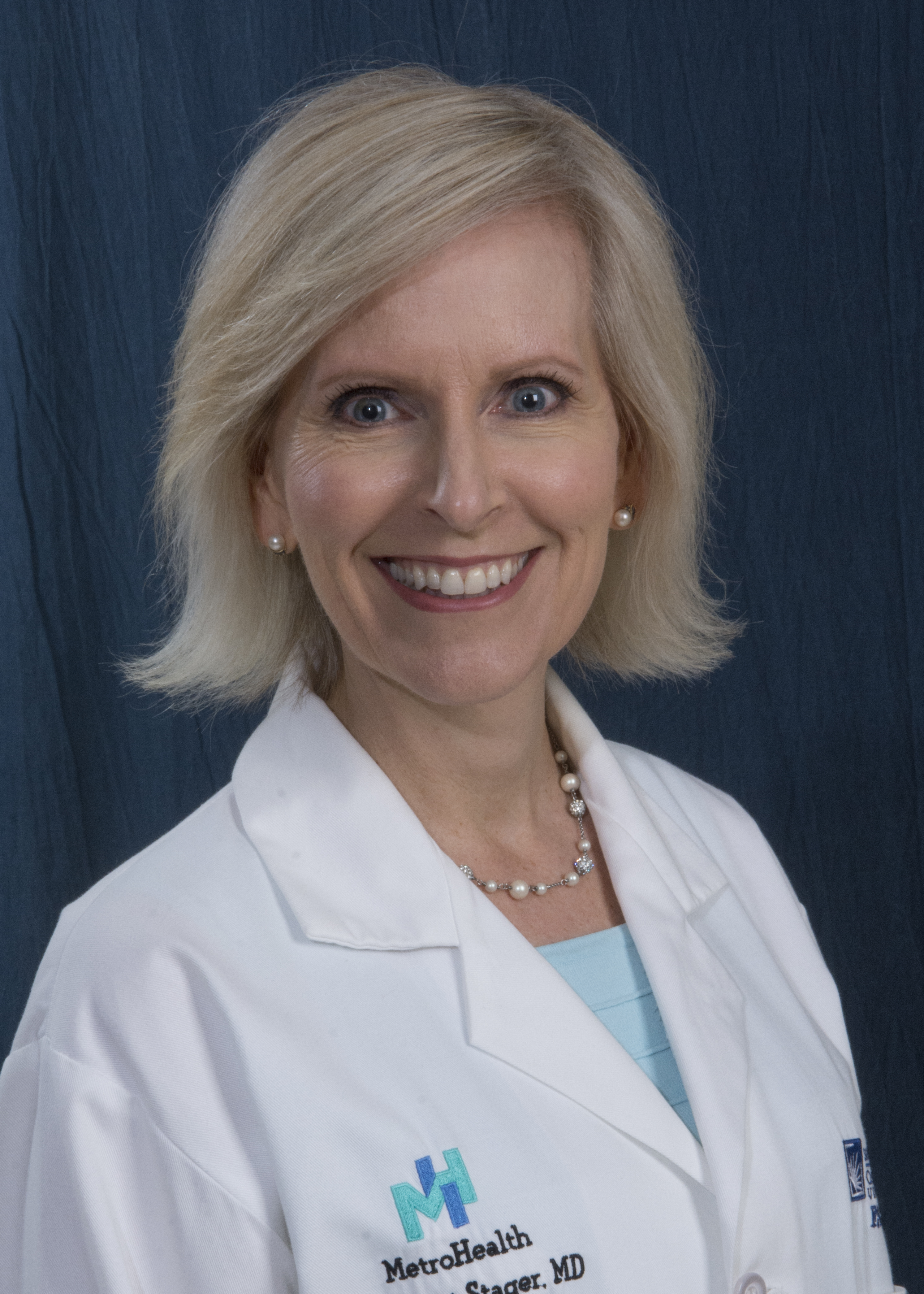Making One-on-One Time with Teen Patients a Routine Part of Care

Margaret Stager, MD, FAAP
March 12, 2020
It was the end of a long day, so I was glad my next patient was here for a sports physical. Simple and straightforward, I thought. I’ve got this.
Colin was the quintessential All-American adolescent: handsome, athletic, smart, mature, and very likable. His mother was notably proud of him, and she humbly bragged about his excellent grades and recent wins on the Varsity wrestling team. No concerns were identified other than his mother remarking that he’d been quieter this school year and spending less time with his friends.
Other than that, all seemed well on the surface. The preparticipation questions were completed, revealing no contraindications to participation. I stepped out of the room while he changed into a gown, and Mom went to the waiting room.
“Good kid” I mumbled to myself as I headed back into the room to interview him alone.
The American Academy of Pediatric recommends building in one-on-one time during visits with adolescent patients as a routine part of care, beginning as early as age 11. This is when they begin to take on more responsibility for their lives, and it makes sense to start becoming more engaged in their own health care. More importantly, it’s also a time when more risk-taking behaviors and mental health disorders arise. As pediatricians, it’s important that we give adolescents the opportunity to talk about potentially sensitive topics in a setting where they feel comfortable.
In adolescent medicine, the acronym HEADSS reminds us of the topics we want to be sure to cover in these one-on-one conversations: Home, Education (school), Activities/employment, Drugs, Suicidality, and Sex. It is a a comprehensive yet succinct tool to screen the psychosocial history for “red flags.”
Colin’s answers were brief; a little too brief, and his affect notably flat. I inquired a bit more and I learned his parents were divorced two years ago and he lives now with his mother, seeing his father occasionally. He denied conflict with his father and when asked about their relationship he just shrugged his shoulders. We talked about his feelings about their divorce and again he shied away from long responses.
“If it weren’t for the one-on-one time with Colin, I may have missed identifying his symptoms of depression and the opportunity to get him the help he needed.”
I gently inquired more about his emotional health an asked him the Bright Futures PHQ-2 screening questions for depressive disorder:
Over the last 2 weeks, how often have you been bothered by the following problems:
- Having little interest or pleasure in doing things
- Feeling down, depressed or hopeless
With a downward gaze, Colin sheepishly answered, “yes” to both questions. Our conversation revealed further that he is down most days and prefers to stay alone in his room. This was a change for him, and his score indicated that he has moderate symptoms of depression that warranted additional exploration.
The remainder of our time together was spent talking about suicide risk, intention for self harm, access to weapons, substance use, and identifying a trusted adult. I explained to Colin that because he admitted to thoughts of self-harm, we needed to share this concern with his mother. He agreed and together we created a safety plan in conjunction with an expedited psychology referral. I don’t know who was more surprised about Colin’s depression symptoms, his mother or me.
In the recently released AAP policy statement, The Unique Needs of the Adolescent, the authors explain how the dynamic biological, emotional, and psychosocial changes that occur during adolescence warrant a special approach. It’s a time of exploration and experimentation that may be relatively trivial, like a new hair color, to more serious situations such as driving under the influence of drugs or alcohol. Furthermore, with estimates that 1 in 5 adolescents are experiencing a diagnosable mental health disorder, it is imperative to explore the teen’s emotional health.
Providing one-on-one time, as well boundaries around confidentiality, are fundamental principles of the unique approach needed for adolescent patients. Research shows us that adolescents value the opportunity for private time with their doctor, yet the majority of them don’t get it. As pediatricians, we need to create time and space to meet one-on-one with our teen patients to screen their social and emotional health.
If it weren’t for the one-on-one time with Colin, I may have missed identifying his symptoms of depression and the opportunity to get him the help he needed.
*The views expressed in this article are those of the author, and not necessarily those of the American Academy of Pediatrics.
About the Author
Margaret Stager, MD, FAAP
Margaret Stager, MD, FAAP, is Chair of the American Academy of Pediatrics (AAP) Section on Adolescent Health and serves as an AAP spokesperson and Tweetiatrician. She is also Director of the Division of Adolescent and Young Adult Medicine at MetroHealth Medical Center in Cleveland, Ohio. Follow her at @DrStager.